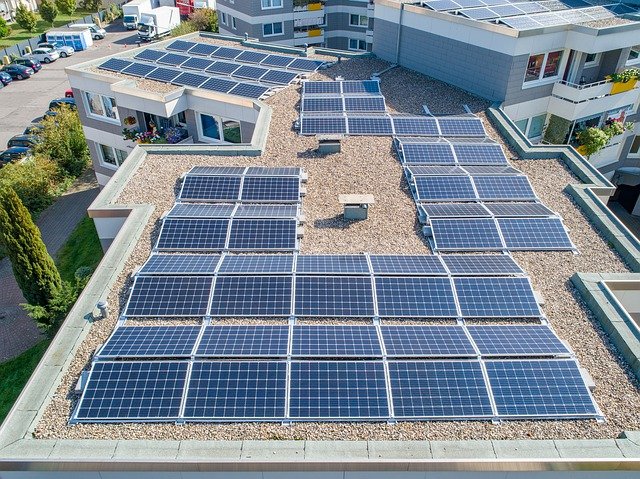As a civil engineer, like most of us, I always like to stop and look at construction sites and see what and how something is being built. Also, since I have been a licensed civil engineer for a while, I have seen how quickly our industry is changing and adapting to the environment more and more. This is not to say that we are 100% eco-friendly and that there is no need for improvement, but rather that civil engineering design has been responsive to the general concerns about environmental protection and social equity. And I feel that this is partly due to our desire, as engineers, to try and tackle and solve design and construction challenges, which we are currently facing.
The City of San Francisco recently released a very overreaching and ambitious document titled “San Francisco’s Climate Action Plan 2021 (SFCAP).” The document considers both the built environment, including its impacts on the environment and the various communities, and the more non-tangible aspects, such as social and racial equity, which is something we are not often trained to consider as engineers. And that in and of itself is a giant leap for our industry. But in addition, the challenges and benefits that the new policies and guidelines encompassed in the document mentioned above could be limitless for the design and construction sector.
The SFCAP covers topics critical to having a higher quality of life and establishes provisions for addressing basic human needs such as affordable housing, public green spaces, and a clean environment, which is free of toxic waste, for example. The plan in effect lays out a road map for the entire current decade and beyond, which will pose great challenges and a tremendous amount of work for the architectural-engineering-construction (AEC) industry as a whole. This means that we have to adapt to these new changes and seek to educate ourselves, and find innovative and cost-efficient ways to design and build sustainable buildings and a sustainable and thriving city.
Not surprisingly, land use, transportation, energy supply, and efficiency are key aspects of the plan, which will need to adhere to sustainability principles, including social equity, environmental protection, and economic viability. As we all know, the latter has always been a top priority for any consultant and vendor. It is critical in project and construction management since it is part of the triple constraint in executing our work, including scope, budget, and schedule. However, in this case, economic viability does not just mean staying within budget, but whether the product lifecycle is economically viable from an operations, maintenance, and end-user standpoint. For example, housing, especially affordable housing, is at the forefront of the City’s priorities, as it is in most US cities today. Therefore, our design and the end product have to accommodate the affordability of what we build and the profitability and the long-term expenses for the new residents and housing agencies responsible for maintaining and operating the new buildings.
At Sustainable Civil Engineering (SCE), we execute all our work with the aforementioned three pillars of sustainability in mind, which include social equity, environmental protection, and economic viability.

